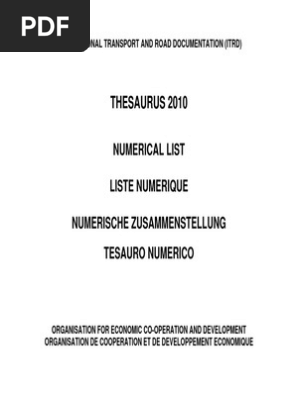0% found this document useful (0 votes)
342 views35 pagesSoftware Engineering Lecture 5 Requirement Engineering
abc
Uploaded by
حماد شھزادCopyright
© © All Rights Reserved
We take content rights seriously. If you suspect this is your content, claim it here.
Available Formats
Download as PDF, TXT or read online on Scribd
0% found this document useful (0 votes)
342 views35 pagesSoftware Engineering Lecture 5 Requirement Engineering
abc
Uploaded by
حماد شھزادCopyright
© © All Rights Reserved
We take content rights seriously. If you suspect this is your content, claim it here.
Available Formats
Download as PDF, TXT or read online on Scribd
/ 35

























































































